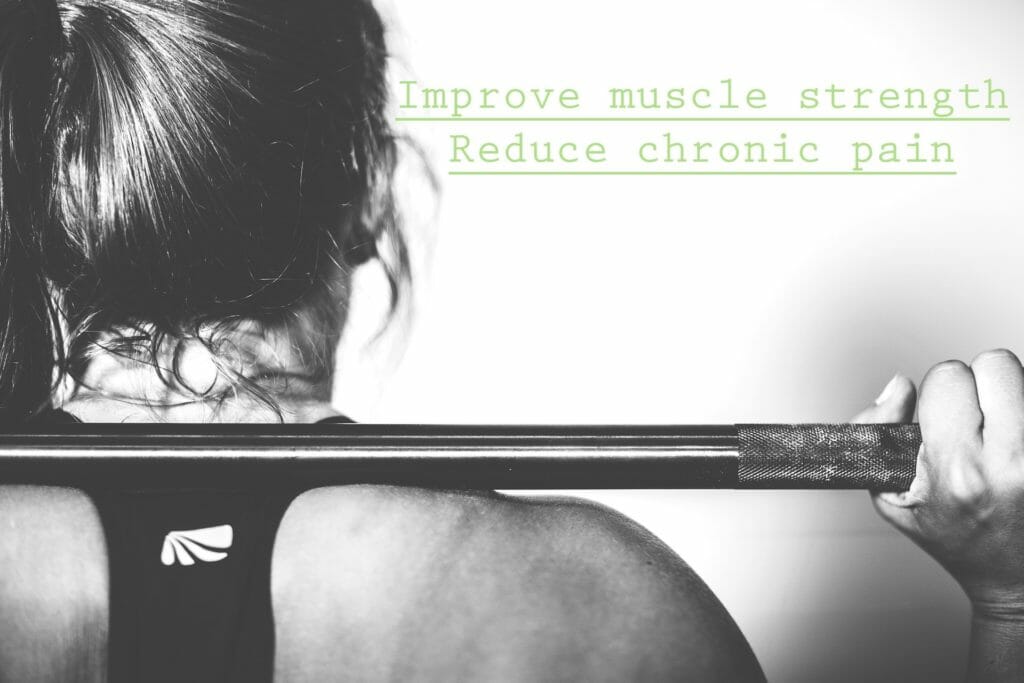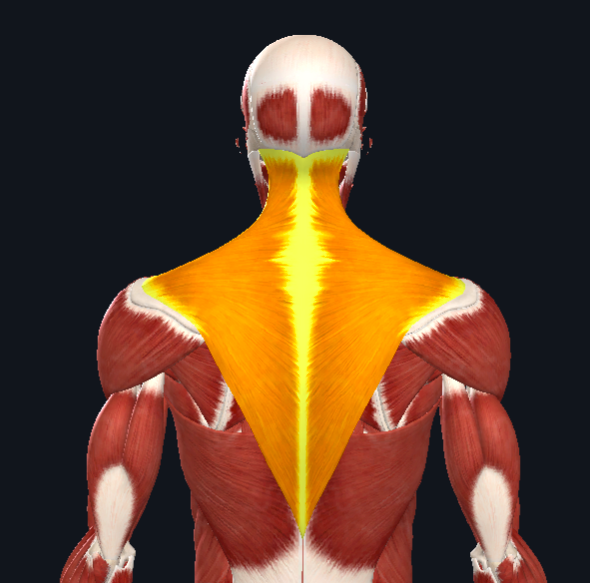
Did you know your head is about the weight of a small bowling ball? Depending on your posture and the way you carry your head, it can be even heavier! Shoulder and neck pain is usually a direct result of bad posture and lack of strength in the supporting muscles of your spine. This can trigger all sorts of spinal misalignments. BUT you can avoid the pain and tension with a little perseverance and some strength-training. We’ll talk you through 5 key exercises to reduce chronic pain and strengthen your neck and shoulders.

Neck, shoulder and upper-back pain visit us on a daily basis at Spinal Care Clinics in Brentwood. Remember the bowling ball? Well, certain neck and upper-back muscles are crucial to keeping your head well balanced. While the intrinsic deeper neck muscles are constantly working to support your head, the more superficial ones such as the trapezius and others (mainly the sternocleidomastoid and rhomboids, in case you want to get nerdy) are those that will be chronically burning. They are responsible for the big movements like tilting your head back and forth, drawing your shoulders in and keeping good posture while staring at a screen. These are the muscles we need to focus on to avoid neck pain and frozen shoulders.
Did you know that we spend about 50 days a year on our phones!

That’s a lot, and this doesn’t include any time spent on other screens such as TVs and laptops. We’ve covered text-neck in a previous blog so make sure to head over there if you missed it.
If your neck muscles aren’t strong enough to support your head, spasms and knots could develop during periods of prolonged contraction, especially if you’re sustaining awkward positions like slouching. This is when the pain becomes constant and chronic. Muscle weakness also encourages stiffening and tightening with the lightest form of exercise and this creates a vicious pain cycle.
It makes sense! If you’ve ever dragged yourself to the gym after a long time, you’ll be familiar with that post-workout ache, especially if you’re using weights. Gradually, as you persevere and get into a training routine, your muscle mass will increase and be able to withstand greater forces.
The study
An interesting study involving three different groups of people who were all suffering from chronic neck pain put this theory to the test. The first group performed targeted neck and shoulder strength-training exercises for 20 minutes 3 times a week. The second followed a general fitness program and the third was considered the control group. After ten weeks, there was no reported change in either groups 2 or 3. However, the strength-training group experienced a 75% decrease in pain during the initial programme, which was maintained during a 10-week follow-up period involving no workouts. The study was small, with only 45 people but the results are really positive and pretty outstanding!

Our chiropractors are always performing spinal adjustments to correct subluxations and misalignments. Strong muscles help to maintain the natural stacking of spinal vertebrae and encourage a healthy back. If, like so many out there, you suffer from chronic neck and shoulder pain then give the ten-week program a go! It’s only 60 minutes a week and could make a lasting difference on your health.
We’ve outlined the five exercises followed in the study. These all involve dumbbells, so you may need to play around with the weight until you’re comfortable.
For each exercise try to complete 8 – 12 sets, repeating each move 10 times.
Perform these for 20 minutes 3 times a week and see how you go.

1 .Dumbbell shrug
- Balance a dumbbell in each hand
- Stand straight with your feet shoulder-width apart
- Simply raise your shoulders as high as you can, as if to shrug
- Hold for one breath and drop back down
2. One arm row
- Arm yourself with one dumbbell
- Rest the opposite arm on a chair or a bench for support
- Make sure your back is in a neutral position
- Let the arm carrying the weight hang to the side, perpendicular to your chest
- Pull the weight up until your upper arm is parallel with your back, pause, and then lower it
- Switch arms between sets
3. Upright row
- Use a bar or dumbbell for this one
- Stand straight with your arms shoulder width apart
- Breathe in and engage your core
- Slowly bring the weights up to your chin, palms facing downwards.
- Lower the weights back down slowly to their original position.
4. Reverse fly
For this exercise you can either sit or stand but do keep in mind that your back must be bent at the hips with your trunk parallel to the floor.
From standing:
- Grab a dumbbell in each hand and stand with your feet shoulder-width apart
- Hinge at your hips, bending forward towards the ground
- Keep your back straight and perfectly aligned but almost parallel to the floor, as if your back was the surface of a table
- Start with your arms hanging by your sides
- Contract your core and trapezius muscle and bring your arms up as if to spread your imaginary wings.
- Hold briefly and return your arms to their original position.
This one is challenging and you may need lighter weights to get through the sets.
5. Lateral raise
- Once again, place a dumbbell in each hand and stand-up with your feet shoulder-width apart
- Let your arms hang by your sides
- Raise them together until they are parallel with the ground
- Hold for one breath and then slowly lower them to back down
